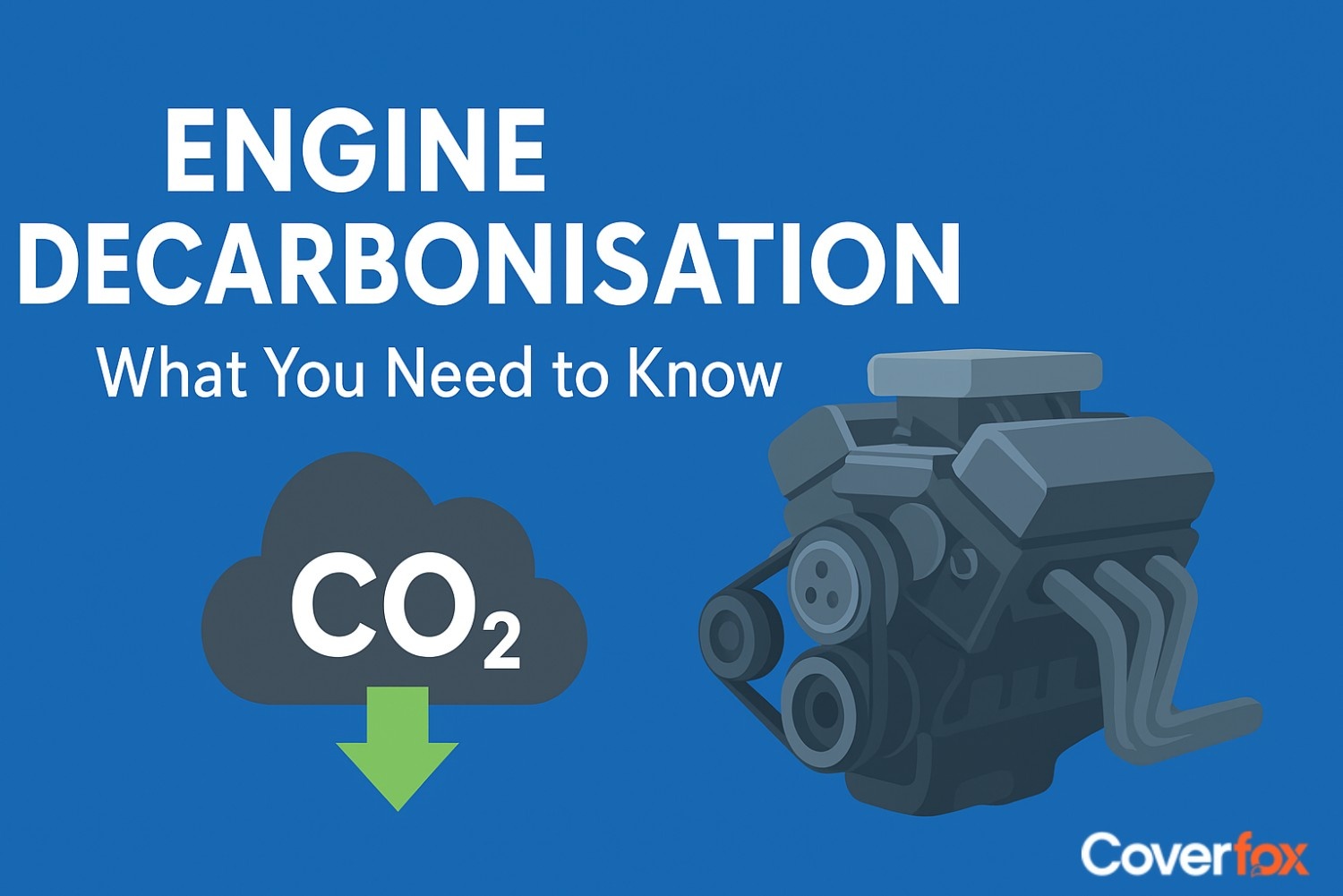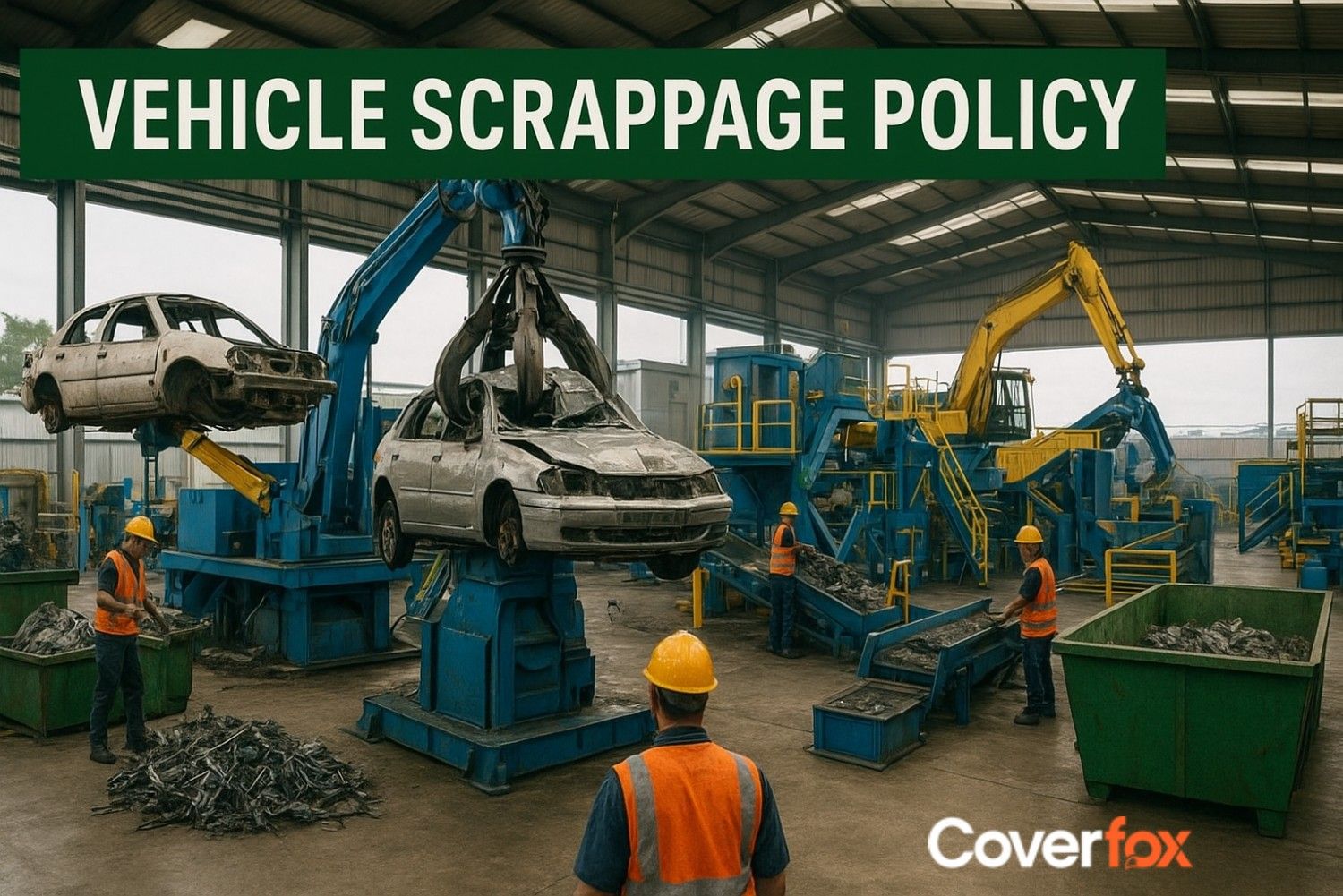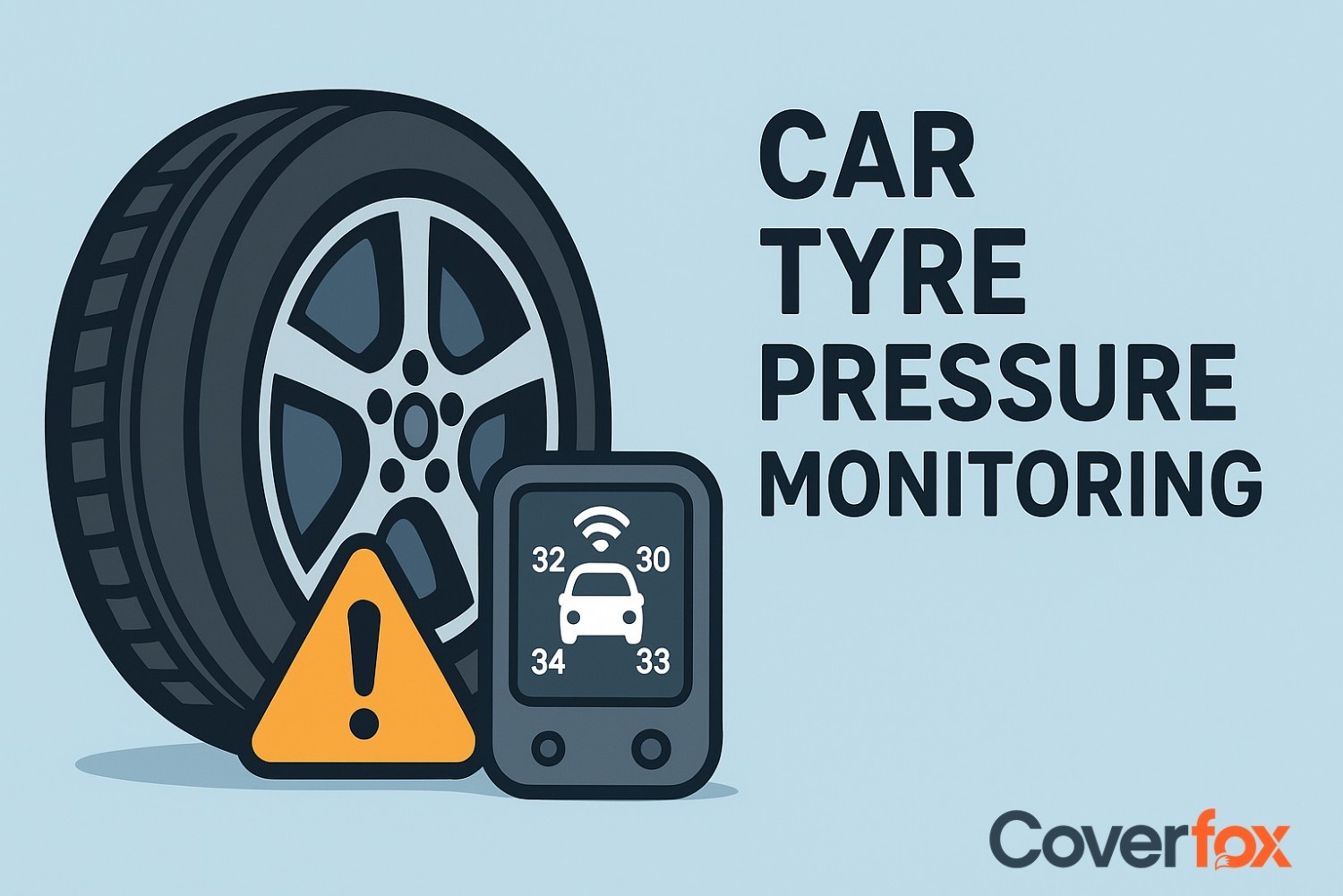Every car enthusiast puts in a great deal of effort because they want their car to perform better than usual. There are numerous performance-enhancing technologies available to boost your car's performance. Among them, Nitrous Oxide Systems (NOS) stands out as it can deliver a quick and powerful acceleration boost.

This technology is usually paired with high-speed racing and modified cars, which offer excellent performance advantages. Though it has many advantages, it also carries notable risks, which include potential engine damage, overheating, and legal restrictions on its use. So, before you consider installing NOS, it's very important to analyse whether it aligns with your vehicle’s make, model, and intended purpose. Evaluating it properly according to your car before installing ensures that its performance and safety are maintained.
What is NOS (Nitrous Oxide)?
Nitrous Oxide (chemical formula N₂O) is a colorless gas composed of nitrogen and oxygen. In cars, a Nitrous Oxide System (NOS) injects this gas into the intake to increase oxygen during combustion—allowing more fuel to burn efficiently for a temporary power boost.
According to the Society of Automotive Engineers (SAE), properly tuned NOS systems can increase horsepower by 30–50% depending on configuration.
How Does an NOS System Work?
An NOS system functions by injecting nitrous oxide into the engine to create an instant surge in power and acceleration. It relies on several key components that work together to store, control, and deliver nitrous oxide efficiently. Here is the process of how it works:
Nitrous Oxide Bottle
Feed Lines
Solenoids
Injection Nozzles
The bottle stores liquid nitrous oxide under high pressure, ready for controlled release when activated. It is usually installed in the trunk or rear of the car for safety and balance. The bottle’s valve system ensures proper flow and prevents leakage during operation.
These are high-pressure pipes that carry nitrous oxide from the bottle to the solenoids. Made from durable materials like stainless steel or braided hoses, they can handle extreme pressure. Their role is to maintain a consistent flow without fluctuations or leaks.
Solenoids act as electrically operated valves that control the flow of nitrous oxide and fuel. When the NOS system is activated, it opens instantly to allow both to enter the intake system. This ensures accurate delivery and prevents premature or uneven combustion.
Injection nozzles are the outlets that spray the nitrous oxide and fuel mixture into the intake manifold or directly into the cylinders. They are precisely engineered to ensure even distribution for efficient combustion. Proper nozzle placement greatly influences performance and power output.
Types of NOS Systems
There are basically two main types of Nitrous Oxide Systems (NOS) used to enhance engine performance: dry and wet systems. Though both are designed to boost power by injecting nitrous oxide into the engine, they do vary in how they manage the balance between nitrous oxide and fuel delivery to ensure optimal combustion.
1. Dry NOS System
In a dry system, only nitrous oxide is injected into the intake manifold, while the additional fuel needed for combustion is supplied through the vehicle’s existing fuel injectors. The engine’s electronic control unit (ECU) compensates by increasing fuel flow when the NOS is activated. This system is simpler to install and more cost-effective, which makes it suitable for mild performance upgrades. However, it relies heavily on the ECU and fuel system’s capacity, which can limit power output and pose a risk of running too lean if not properly tuned.
2. Wet NOS System
A wet system injects both nitrous oxide and additional fuel together, either through a single nozzle or directly into each intake port. This ensures the correct air-fuel ratio and delivers a more consistent and powerful performance boost. Wet systems are preferred for higher horsepower gains and provide better control over fuel delivery. However, they are more complex to install, require precise tuning, and can increase the risk of fuel pooling or backfires if not properly set up.
Benefits of Using NOS in Cars
Using NOS in cars offers several key benefits that make it a popular choice among performance enthusiasts. Unlike permanent engine modifications, a Nitrous Oxide System provides an on-demand power boost that can be controlled and customised as needed. Below are some of the main advantages and how they compare to other performance upgrades like turbochargers or superchargers.
Instant Power Delivery
Cost-Effectiveness
Reversibility
Versatility
NOS provides an immediate surge of power when activated, significantly improving acceleration and overall performance. Unlike turbochargers, which may experience lag, NOS delivers results instantly, making it ideal for drag racing and short bursts of speed.
Installing an NOS system is generally more affordable than adding a turbocharger or supercharger. It offers substantial performance gains without requiring extensive engine modifications or expensive hardware.
NOS systems can be easily installed or removed without permanently altering the engine. This makes them a flexible option for drivers who want temporary performance upgrades without long-term mechanical changes.
NOS can be used on a wide range of vehicles and engine types, from small four-cylinder cars to high-performance sports models. It allows users to control how much power they want to add, offering both moderate and aggressive performance boosts.
Risks and Drawbacks of Using NOS in Cars
Because N₂O increases combustion pressure by up to 40%, uncalibrated systems can cause piston or gasket failure. The Automotive Research Association of India (ARAI) warns that unauthorized engine modifications—including NOS—can void type approval and road certification.
Engine Stress and Damage
Limited Power Duration
Safety Concerns
Increased Fuel Consumption
Maintenance and Inspection Requirements
The sudden increase in power and combustion pressure can put significant strain on engine components such as pistons, valves, and head gaskets. If the system is not properly tuned or used excessively, it can lead to overheating, detonation, or even complete engine failure.
NOS provides only a temporary boost since the power increase lasts only as long as the nitrous oxide supply in the bottle. Once the bottle is depleted, performance returns to normal, requiring frequent refills for consistent use.
Because nitrous oxide is stored under high pressure, improper installation or handling can pose risks such as leaks, explosions, or fire hazards. It is crucial to use certified components and follow strict safety guidelines during setup and operation.
When NOS is engaged, the engine burns more fuel to match the extra oxygen provided. This results in higher fuel consumption and reduced efficiency, particularly when used frequently or for extended periods.
Regular checks are needed to ensure the system’s lines, valves, and connections remain secure and leak-free. Without proper maintenance, performance may decline, and safety risks can increase over time.
Legal Considerations: Is NOS Legal in India?
Installing a Nitrous Oxide System (NOS) in cars in India involves several legal and insurance-related considerations. While NOS can enhance vehicle performance, its use on public roads is heavily regulated and often prohibited under Indian law. Below are the key legal and insurance implications that car owners should be aware of before making such modifications.
1. Regulatory Restrictions
Under the Central Motor Vehicles Rules (CMVR) and the Motor Vehicles Act, any modification that alters a vehicle’s original engine specifications or emission levels requires prior approval from the Regional Transport Office (RTO). Since NOS directly increases power output and affects combustion, it is classified as a performance modification and is not legally permitted for use on public roads. Its use is restricted to private racetracks or motorsport events where specific permissions are granted.
2. Insurance Implications
Installing NOS without official authorisation can lead to cancellation or denial of insurance claims. Most insurance companies provide coverage based on manufacturer-approved configurations, and any unapproved modification changes the car’s risk category. If an accident occurs, the insurer may refuse to honor claims, citing unauthorised performance enhancement.
3. Vehicle Warranty and Certification Issues
Adding NOS can void the manufacturer’s warranty, as it alters the original engine design and performance. It may also affect the vehicle’s eligibility for roadworthiness or fitness certification during inspections. Owners must disclose all modifications to both the RTO and their insurer to avoid legal and financial complications.
How to Safely Use NOS in Cars
Using a Nitrous Oxide System (NOS) safely requires careful planning, expert installation, and disciplined operation. Since NOS significantly alters engine performance, following safety guidelines is essential to prevent mechanical damage and ensure reliable performance. Below are key steps for using NOS safely in cars.
Professional Installation
Regular Maintenance and Inspection
Use Quality Components
Monitor Engine Conditions
Responsible Driving Practices
Always have the NOS system installed by a certified automotive technician or performance specialist. Professional installers ensure the correct placement of components, secure connections, and proper calibration to prevent fuel imbalance or engine stress. Avoid DIY installations, as minor errors can lead to severe damage or safety hazards.
Conduct periodic checks on the NOS system, including the bottle pressure, feed lines, solenoids, and injection nozzles. Look for leaks, corrosion, or blockages that could affect performance. Keeping the system clean and well-maintained ensures consistent power delivery and minimises the risk of malfunction.
Invest in branded, high-quality NOS kits and accessories that meet industry safety standards. Cheap or counterfeit parts can fail under pressure, increasing the risk of leaks, fire, or mechanical failure during operation.
Keep track of critical engine parameters such as temperature, fuel pressure, and air-fuel ratio while using NOS. Installing gauges and sensors helps maintain safe operating conditions and prevents detonation or overheating.
Use NOS only in appropriate conditions, such as controlled environments or racing tracks. Avoid engaging it at low RPMs or during heavy traffic. Responsible use ensures both driver safety and the longevity of the engine.
Final Words
Nitrous Oxide Systems (NOS) bring a thrilling edge to automotive performance, offering drivers instant power and acceleration with just the press of a button. However, while the excitement of added speed is undeniable, it comes with crucial responsibilities. NOS use must be approached with care, through expert installation, regular maintenance, and strict adherence to legal regulations, especially in India, where such modifications are prohibited for road use.
Beyond mechanical and legal precautions, reliable car insurance plays a vital role in protecting against potential risks, damages, or liabilities caused by modifications. Just as NOS adds a burst of performance to a car, the right insurance acts as an “extra NOS” for peace of mind—ensuring enthusiasts can enjoy power responsibly, without compromising safety or financial security.
Related Articles:
Car Modifications in India: Legal and Illegal Customisations
Hydrogen Fuel Cell Cars In The World
Understanding Turbo Engines: How They Work, Benefits, Types, and Tips
Frequently Asked Questions
What does NOS mean in cars?
NOS stands for Nitrous Oxide System, a performance upgrade that injects nitrous oxide into the engine to boost oxygen levels, allowing more fuel to burn and instantly increasing power and acceleration.
Is NOS good for your car?
NOS can safely enhance performance when installed and tuned professionally. However, improper use or poor setup can strain the engine and reduce its lifespan, making it suitable mainly for racing, not daily driving.
Will installing NOS void my car insurance?
Yes. Installing NOS without notifying your insurer or RTO can void your insurance policy, as it’s considered an unauthorised modification affecting the vehicle’s safety and performance.
How can I protect my car with NOS legally?
In India, NOS use on public roads is illegal. It can only be used on racetracks or with special permission. Always declare modifications to the RTO and your insurer to stay compliant.
What’s the duration of a NOS boost in a vehicle?
A NOS boost typically lasts between 30 seconds and a few minutes, depending on the bottle size, flow rate, and tuning setup. The system must be refilled after each use.
Does using NOS damage my engine?
If tuned and used correctly, NOS won’t harm the engine. However, overuse or poor installation can cause overheating, detonation, or engine wear due to sudden pressure spikes.
Do I need to maintain the NOS system?
Yes. Regularly check the bottle, lines, solenoids, and valves for leaks or damage. Proper maintenance ensures safety, consistent performance, and longer system life.





